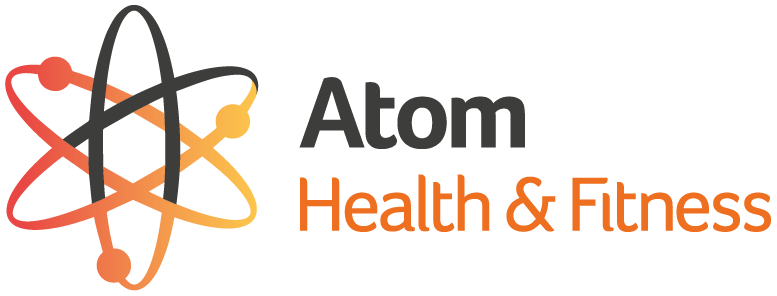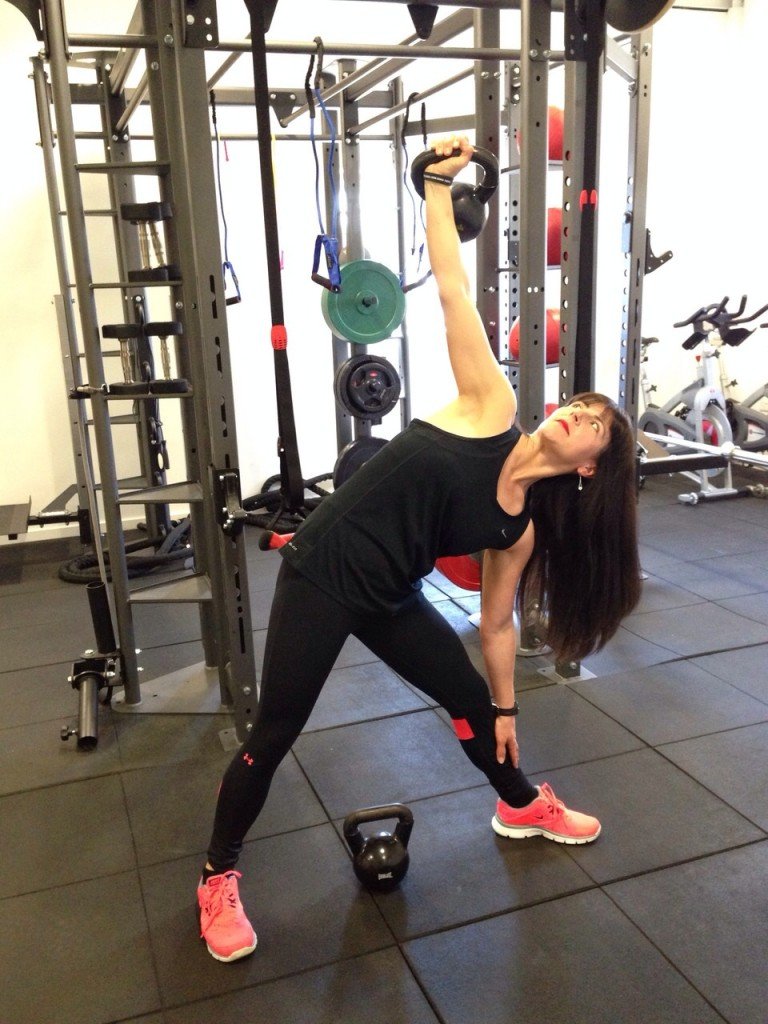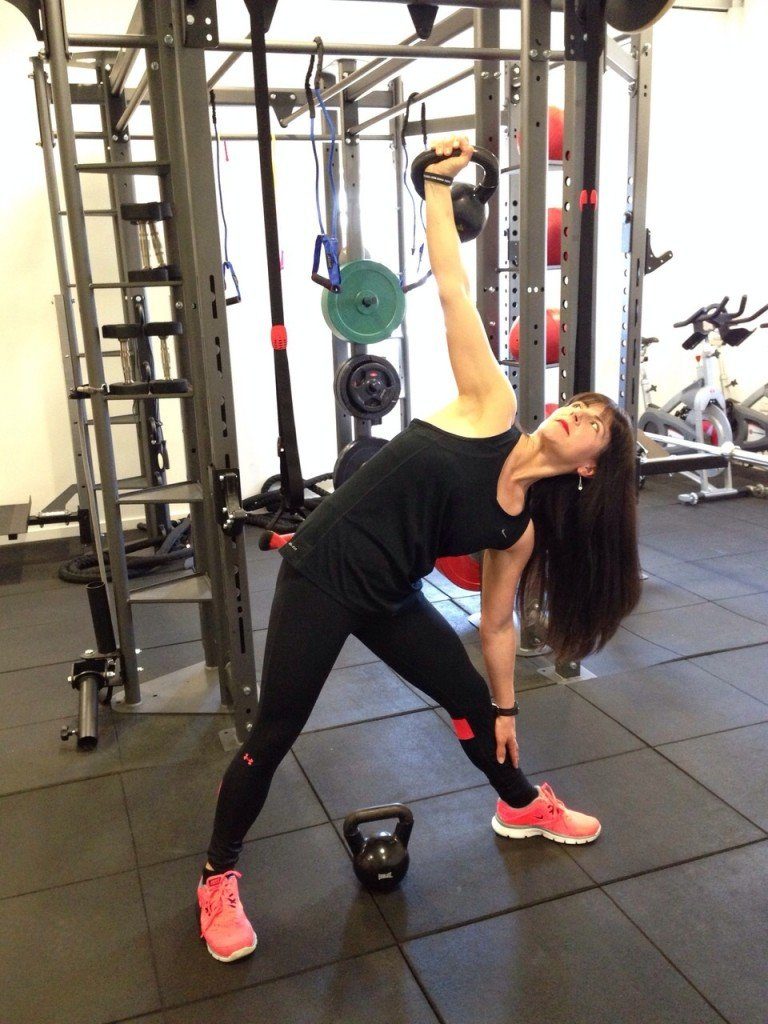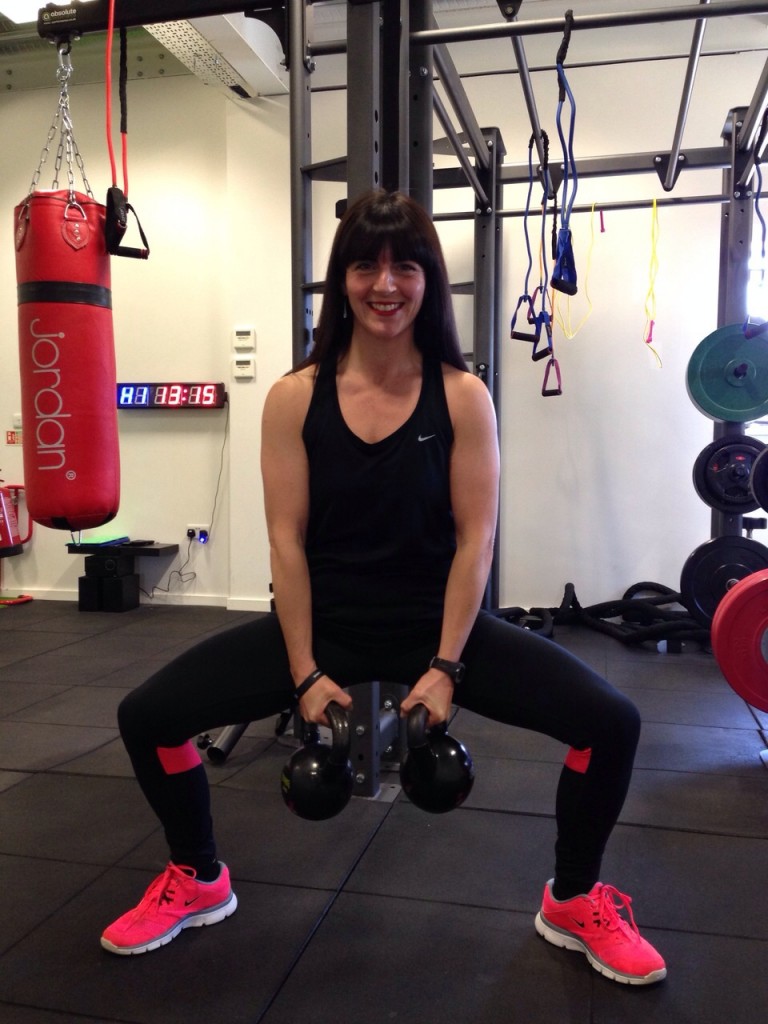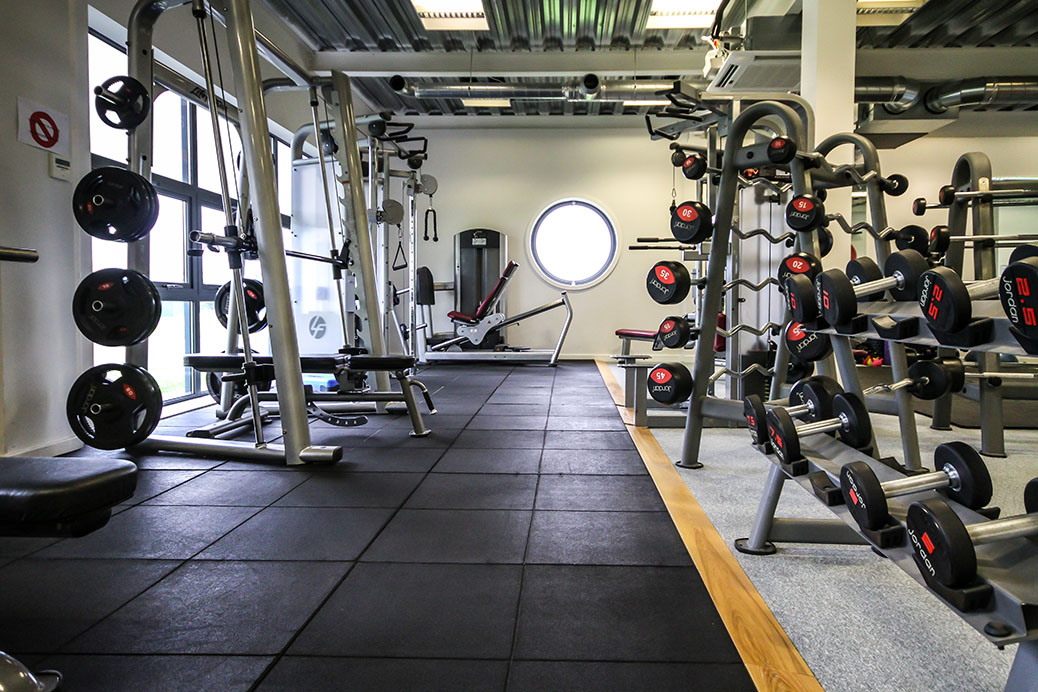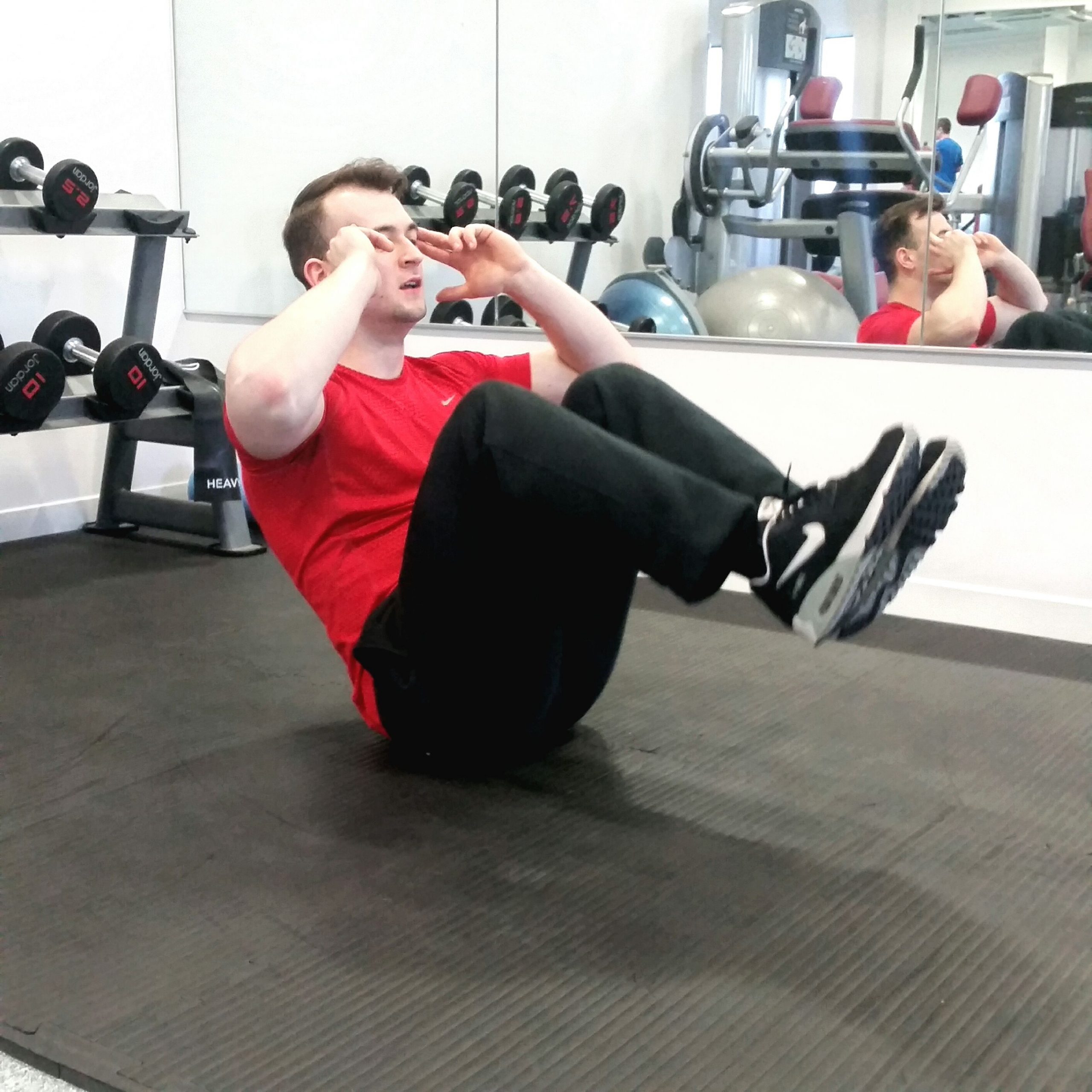So what are the benefits of kettlebell training?? How about: Fat-loss and mental toughness plus speed and explosive strength! Pretty good right!
About Kettlebells
What is a kettlebell? Glad that you asked ! Imagine a black bowling ball with a suitcase handle on it and you have an idea of what a kettlebell looks like. A kettlebell is a big hunk of iron that comes in several sizes: from 4 Kg up to a whopping 45 Kg.
Why use Kettlebells
You can do standard weight training exercises with kettlebells such as: Chest Presses, Bicep Curls, and Rows. However, the unique value of kettlebells is derived from ballistic (fast exercise) work such as: snatches, swings, cleans, and jerks. In addition, to giving your incredible muscular endurance when done in high repetitions, with a proper nutrition plan any excess fat that you have will melt off rapidly.
It’s also a great idea to throw in body weight exercises such as: Burpees, Press Ups, Jumping Lunges, Plank variations etc., to make a workout fun and interesting
Working out with a kettlebell is the definition of what we call a “functional” workout. That means it works your muscles in the same way as when you do everyday activities, like picking up a toddler, carrying your laptop bag, or lugging a heavy grocery bag.
Kettlebell training is a form of training that will not only improve the appearance of your physique, it will give you strength and mental toughness that you did not know was even possible. Is kettlebell training the “be all & end all” of working out? No, it is simply a very effective way to train and enhance whatever program you are on.
How to start your Kettlebell training
One of the biggest mistakes novices make with kettlebell training is not taking a session or two with a certified trainer. The trainer can help you to learn proper form as well as be more creative with the movements. You can hold the weight in front of your chest as you do squats or lunges or use it to do arm curls, but if that’s all you do, you’ll be missing out on all the incredible three-dimensional movements it’s made for—and the effects those exercises can have on your body.
One major difference between traditional weights and kettlebells is that while you try to avoid “cheating” by using momentum in everyday dumbbell moves, kettlebells are all about creating—and controlling—momentum. By swinging the bell in different patterns, and then controlling the momentum to change directions, you tap into big powerhouse muscles (like your legs and butt) and smaller stability muscles (like your abs) throughout the workout.
A session should always start with a total-body warm-up. Getting the blood flowing to your muscles is essential for any workout, but more than ever when you’re swinging an iron ball around! Do some shoulder rolls, squats, lunges, burpees, jumping jacks and kettlebell specific dynamic stretching before starting the kettlebell portion of your workout.
Once again, Kettlebells are great for –
Kettlebell workouts can tighten and tone your whole body. But the dynamic all-muscles-on-deck movements also burn a heck of a lot of calories—on par with running a 6-minute mile. Researchers at the University of Wisconsin evaluated the energy output of a typical kettlebell session. In their tests, exercisers burned about 20 calories a minute, or 400 in a 20-minute session.
If you are new to using Kettlebells, you should start with a smaller weight until you feel confident in using it with correct technique. The user should soon increase the weight however, and with guidance, switch to using a range of weights during the workouts, depending on whether the movements are isolated, compound or ballistic. When the power is coming from your legs, like with the swing, use a weight twice that if you doing movements such as Halo, Tricep extensions or Shoulder Presses. When you’re combining momentum with the strength of multiple muscle groups, you can lift more weight than you think you can. After all, you probably wouldn’t think twice before picking up a 40-pound toddler.
Using so many muscle groups in conjunction means your core has to stay engaged 360 degrees to stabilize each and every movement. Good form is essential in kettlebell workouts, so stop and rest if you feel like yours is deteriorating. The number one thing to keep in mind is that the whole structure of your back and abs should unconsciously stay straight, as though you’re wearing a stiff corset. Any forward bending you do should come from your hips or the crease at the top of your leg, rather than from an arched back. Signals that you need to stop your workout include feeling like you can’t hold onto the kettlebell securely (hint: skip the hand lotion pre-workout) or your arm shaking excessively in an over-the-head position.
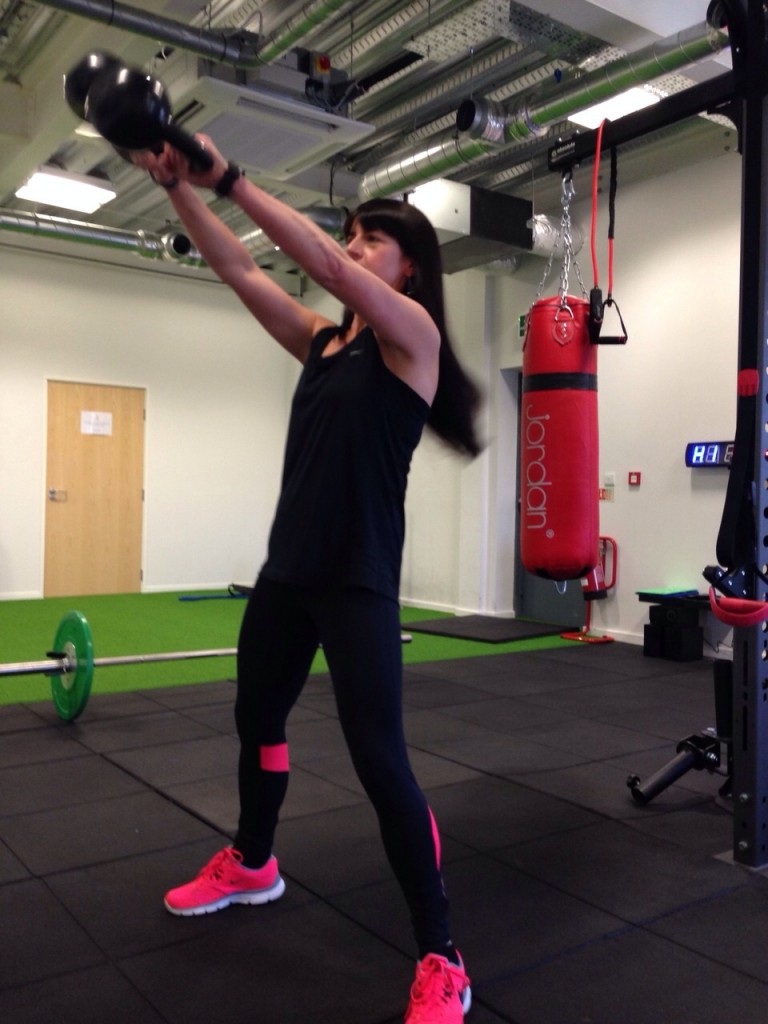 The kettlebell swing is the foundation for many other kettlebell exercises, and it simultaneously firms your butt and your abs. Here’s how to do it: Standing with your feet hip-width apart, your hips and knees slightly bent, and your back and arms straight, pick up the kettlebell by the handle with both hands, knuckles facing forward. Hinge forward from the hips and swing the bell back between your legs, then exhale, straighten your legs, and pop your hips and pelvis forward to propel the kettlebell upward to about chest height (that’s the butt-toning part). As you lower the kettlebell, your abs will contract—like a built-in crunch. Continue with one fluid movement as you lower back to the start and repeat. (It’s okay to start with smaller swings to build the momentum until you get the hang of the movement and can swing it to chest height.) Once you’re comfortable with the movement, try to swing the kettlebell with one hand, alternating hands with each rep (both hands come to the handle on the upswing, and one releases as you swing down).
The kettlebell swing is the foundation for many other kettlebell exercises, and it simultaneously firms your butt and your abs. Here’s how to do it: Standing with your feet hip-width apart, your hips and knees slightly bent, and your back and arms straight, pick up the kettlebell by the handle with both hands, knuckles facing forward. Hinge forward from the hips and swing the bell back between your legs, then exhale, straighten your legs, and pop your hips and pelvis forward to propel the kettlebell upward to about chest height (that’s the butt-toning part). As you lower the kettlebell, your abs will contract—like a built-in crunch. Continue with one fluid movement as you lower back to the start and repeat. (It’s okay to start with smaller swings to build the momentum until you get the hang of the movement and can swing it to chest height.) Once you’re comfortable with the movement, try to swing the kettlebell with one hand, alternating hands with each rep (both hands come to the handle on the upswing, and one releases as you swing down).
Skeptical??
Still sceptical? Try the following experiment with a dumbbell. Take a dumbbell and try doing three sets of 20-arm swings. After you have done 20 swings with one arm, switch hands and do another 20 reps. Continue until you have done 3 sets of 20 reps.
Now, if you thought that was hard, try making that exercise several times harder with a kettlebell. Imagine how much fat your will burn and how your muscular endurance will go through the roof. No doubt about it, high rep kettlebell training is an aerobic workout and great alternative to stepping classes, spinning classes, and anything else that strips you of our manhood and makes you feel like an ass. If you feel like an ass when you do something, then it is probably something that you should avoid unless you work alongside a trainer. Personally, I get results from my training and I would want everyone to. A balanced kettlebell training program combined with a healthy nutrition plan is a sure-fire recipe for success.
You may be thinking that you could do all of the above exercises with dumbbells. While this is true, anyone that has used both will tell you that kettlebells are much harder to handle and yes in this case, harder is much better. Kettlebell handles are much thicker than dumbbells and will give you a vice grip in no time. Also, the off centred weight of a kettlebell will force you to use more stabilizer muscles and work the targeted muscles through a longer range of motion. For combat athletes and anyone else that likes it tough, the ballistic shock of kettlebells teaches you how to absorb shock efficiently which is critical for Athletes and Sports such as: wrestling, MMA, Football, Rugby and anything else you can think of really! I talk to everyone I know about the benefits of kettlebell training and you will as well once you’ve mastered the technique.
Ballistic exercises are not the only exercises that you can benefit from. Kettlebell exercises such as: the Turkish get-up, Windmill to Press, and Windmill will develop a rock-hard midsection and increase shoulder flexibility and stability. As a result many chiropractors are using kettlebells with their patients for rehab. If you are a man that wants to increase size and strength, try doing some of my favourite kettlebell exercises such as: Single or Double Clean and Press, Double Front Squat, Renegade Row, Double Swing, Single Snatch, or the Double Clean.
If you want to lose weight and tighten up your glutes, quads, mid section and arms, then iunclude regular sessions into your exercise training plan for kettlebell ballistic work, combined with some low rep kettlebell strength work and you are all set.
I’ve been training with kettlebells for over 7 years. In addition to being lean and strong, my body has learned how to work as one unit from the core. My muscular endurance and mental toughness have improved tremendously. Best of all, when I can’t get to the gym, I can still get an incredible workout using the kit at home.
Give kettlebells a shot for three months in a structured class environment…. Once you have been infected with the power of kettlebell training, there is no going back….
Michelle Davies
Personal Trainer ( Oh… and Qualified Kettlebell Instructor and Personal Fan 😉 )
